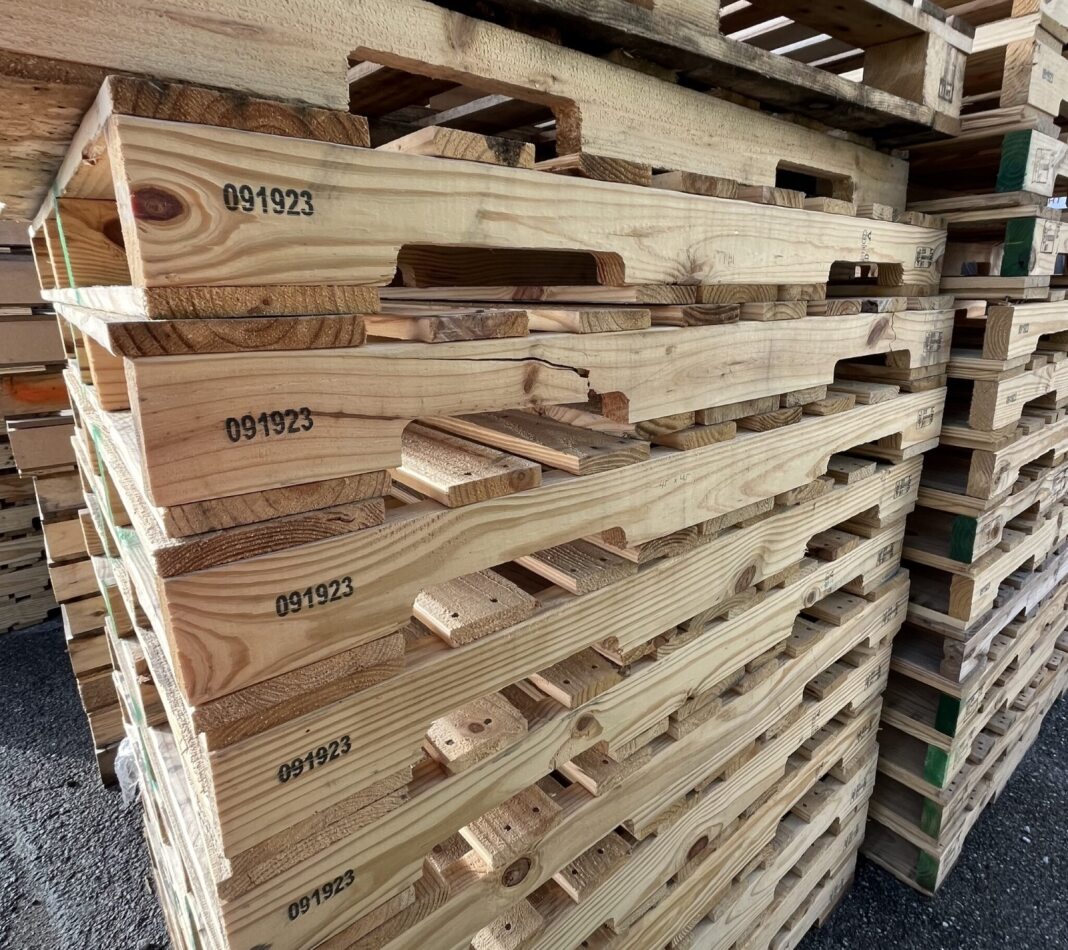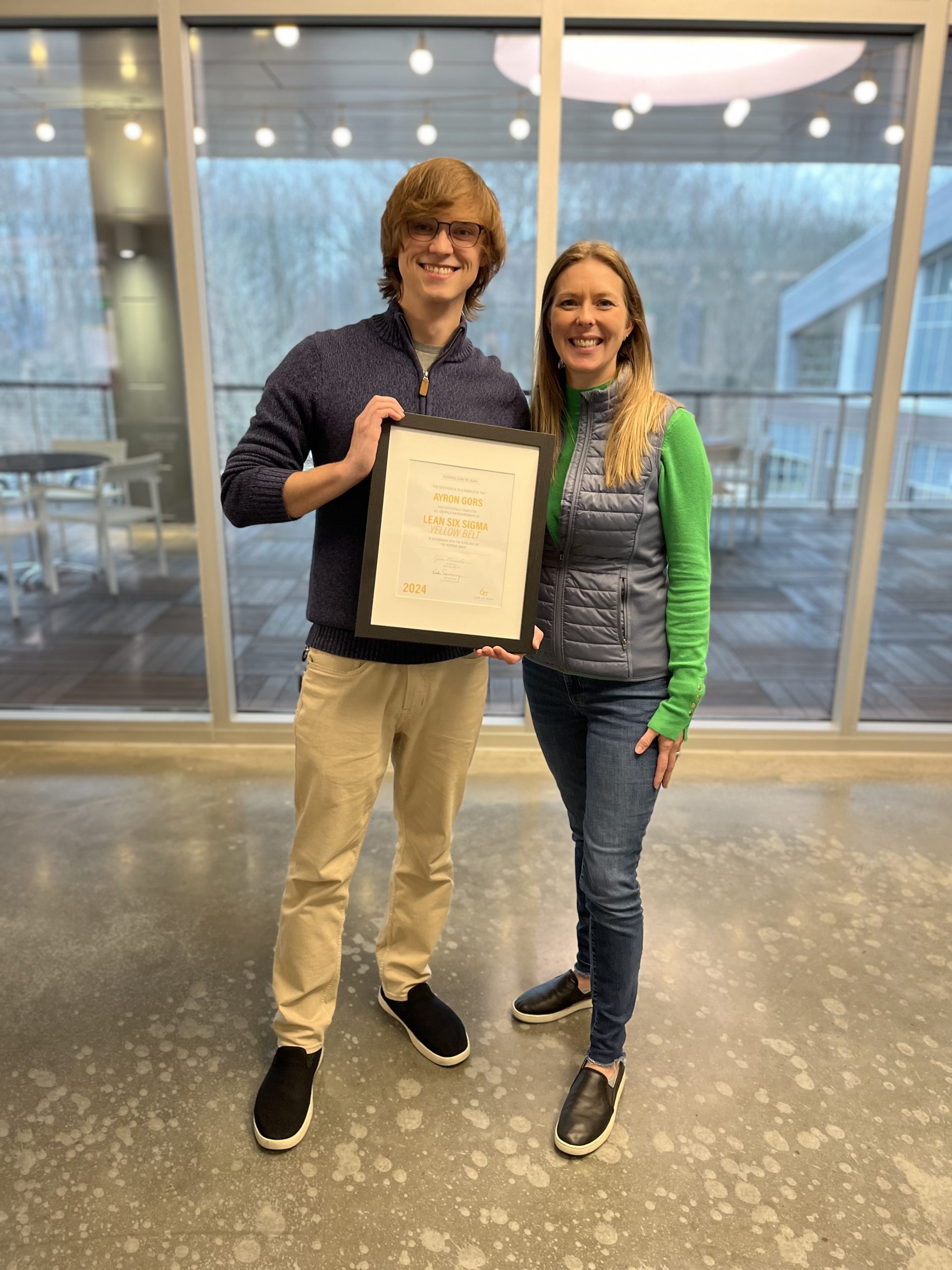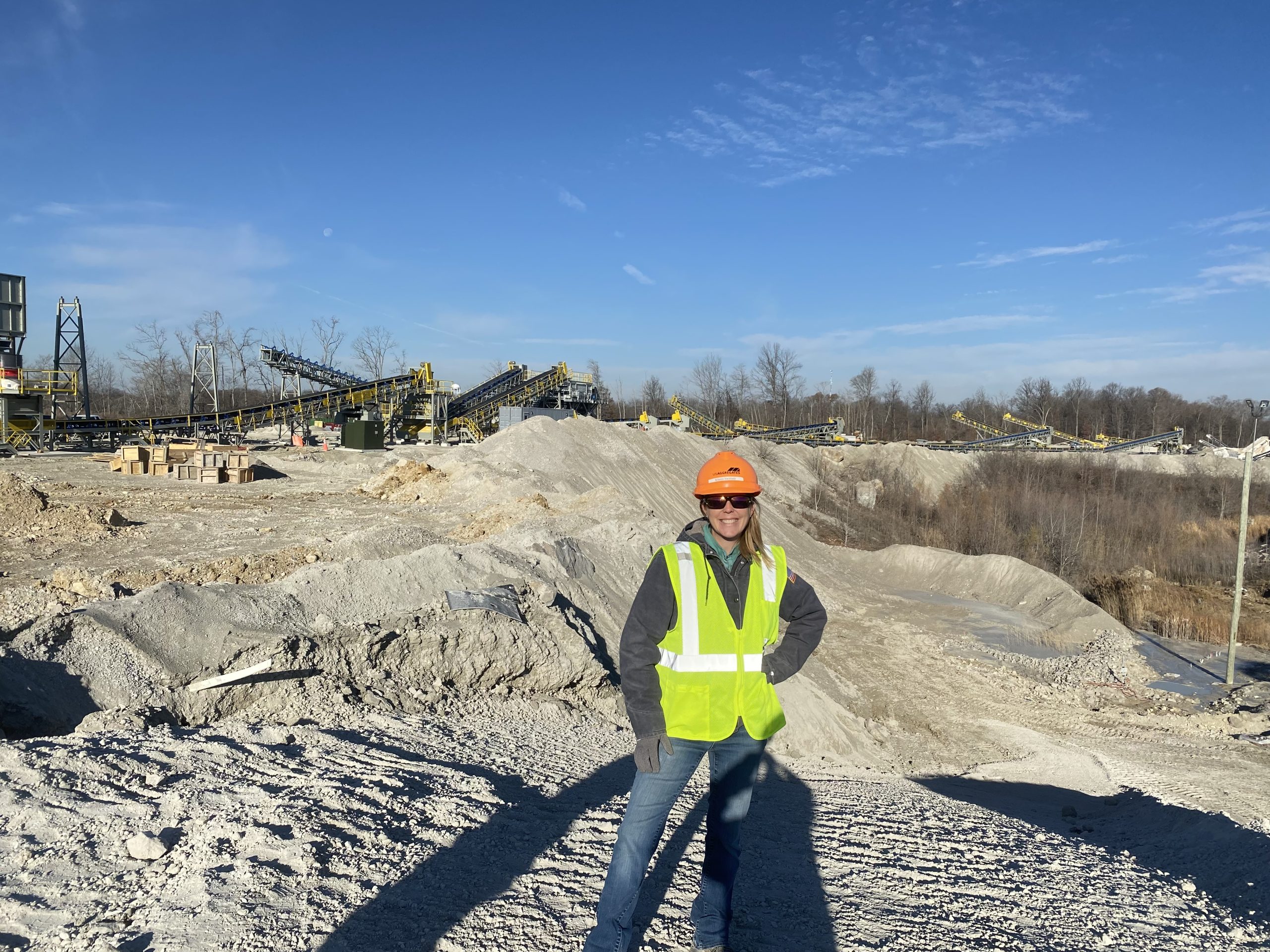Laurie Webb Discusses Carbon Footprints at the IMAA Winter Workshops
Friday, March 15th, 2024

By Laurie Webb
The Indiana Mineral Aggregates Association (IMAA) had record attendance at the 2024 Winter Workshops as mining professionals came together to network with colleagues and learn about upcoming topics that will impact the mining community on all levels. US Aggregates had a large presence at the conference, including multiple presenters that shared their knowledge and expertise on various topics.
US Aggregates Environmental Manager, Laurie Webb, led an informative discussion about the three pillars of sustainability (social, economic and environmental), focusing on energy efficiency and recycling. In 2023, with the help of ClimeCo, Laurie’s team gathered data for Scope 1 and Scope 2 emissions to develop a baseline determine for every US Aggregates plant. Scope 1 included fuel consumption for fixed and mobile equipment, refrigerant leakage in climatized buildings and explosives used in blasting. Scope 2 included electricity consumption.
Once the data was analyzed, we determined US Aggregates was in-line with similar aggregate mining operations:
- 65% of our carbon emissions came from fuel combustion.
- 78% from mobile equipment
- 22% from pumps, heating and cooling and explosives
- 35% of our carbon emissions came from electricity
However, compared to other mining-related industries, non-metal mining produces the lowest amount of carbon emissions (Metric Tons) per ton of production:
- Non-Metal Mines average .0037 MT CO2/ton
- Coal Mines average .19 MT CO2/ton (surface)
- Coal Mines average .727 MT CO2/ton (underground)
- Cement Plants average .81 MT CO2/ton
- Metal Mines average 2.5 MT CO2/ton
- Average American = 16 MT CO2/yr
For the past few years, US Aggregates has been taking steps to lower their carbon footprint across all sites: LED Lighting with dawn-to-dusk sensors, idle shut-down timers on mobile equipment, thermal cameras to identify heating/cooling leakage in the plant, automatic shut-off floats on pumps, dust control products to reduce water truck usage, and improve mine design to require less travel distance for mobile equipment, to name a few.
All upcoming plant projects are centered around improving efficiency and production on site, but with proper planning, this also gives US Aggregates an opportunity to reduce the amount of carbon emissions associated with diesel-powered pumps and portable crushing/screening plants by electrifying the equipment during the upgrade. Once all projects are completed, US Aggregates expects a total reduction in greenhouse gases by 3,200 MT CO2/yr, or an estimated 80,000 MT CO2 eliminated over the next 25 years.
Many more exciting environmental updates from the US Aggregates team to come!




